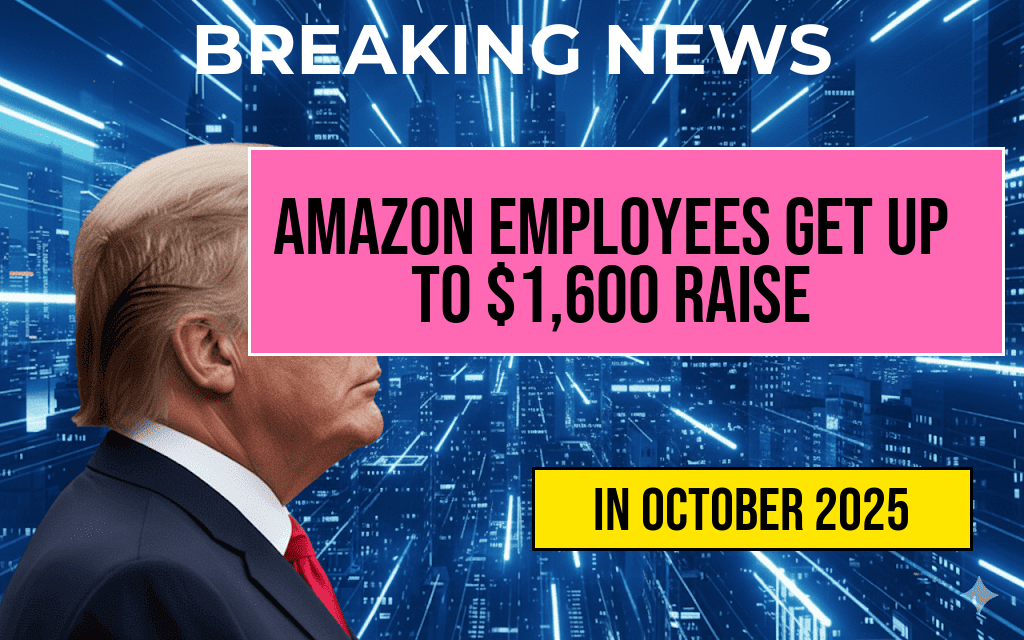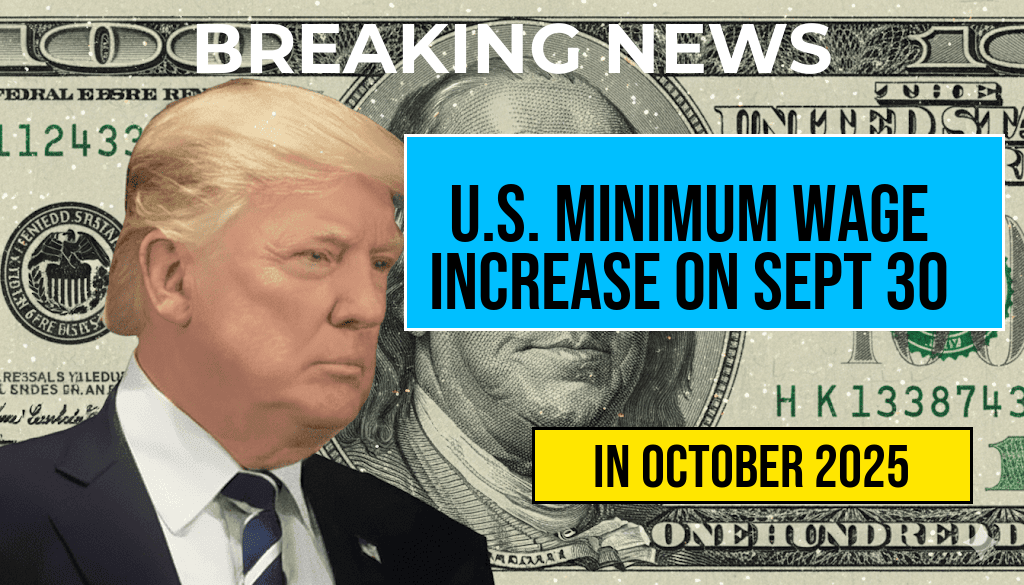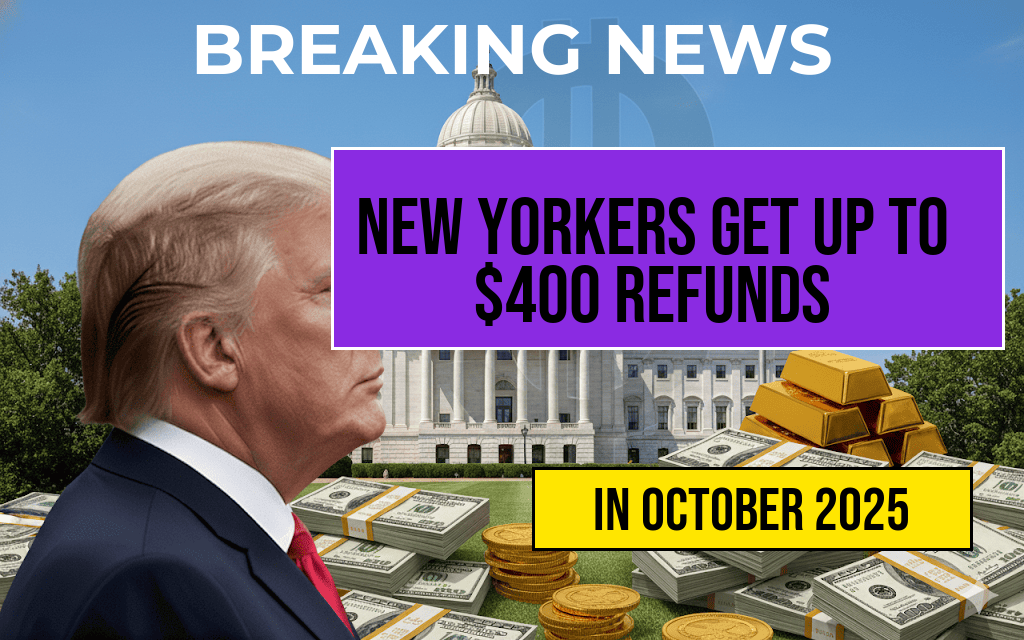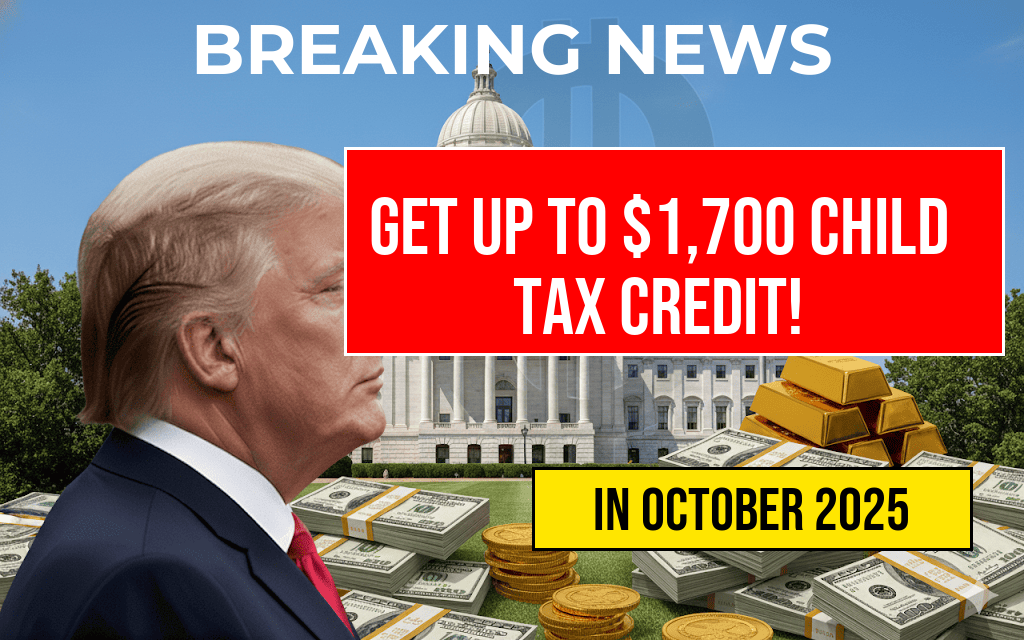The U.S. federal minimum wage is set to increase on September 30, 2025, marking a significant development for workers across the nation. This adjustment is part of a broader legislative effort aimed at improving the living standards of low-wage workers. As the cost of living continues to rise in many areas, the increase promises to provide essential financial relief for millions of Americans. The new minimum wage will rise to $15 per hour, a figure that advocates argue is necessary to keep pace with inflation and the increasing costs of essential goods and services. This article provides a complete list of the new hourly wages across various states and insights into the implications of this change for workers and businesses alike.
Understanding the Minimum Wage Increase
The minimum wage increase has garnered attention from various stakeholders, including labor unions, business owners, and policymakers. Proponents of the wage hike argue that it is a necessary step toward reducing poverty and ensuring that full-time workers can afford basic necessities. Critics, however, raise concerns about the potential impact on small businesses and employment rates. The debate continues as the implementation date approaches.
State-by-State Breakdown of Minimum Wage Rates
As states prepare for the federal increase, several have already enacted their own minimum wage laws that exceed the federal standard. Below is a detailed overview of current and upcoming minimum wage rates across the United States:
| State | Current Minimum Wage (2023) | Minimum Wage (Effective September 30, 2025) |
|---|---|---|
| California | $15.00 | $15.00 |
| New York | $15.00 | $15.00 |
| Texas | $7.25 | $15.00 |
| Florida | $11.00 | $15.00 |
| Washington | $15.74 | $15.74 |
Impact on Workers and Businesses
The increase to $15 per hour is expected to have significant implications for both workers and businesses. For employees earning minimum wage, the raise could mean an additional $3,000 annually for full-time workers, helping them to better cope with rising housing costs, healthcare expenses, and inflation. This financial boost may also enhance consumer spending, thereby stimulating local economies.
On the flip side, some business owners express concerns about the increased labor costs that could result from the wage hike. Small businesses, in particular, may find it challenging to adjust their budgets to accommodate higher wages without raising prices or cutting back on staff. Many are advocating for various forms of support, such as tax breaks or subsidies, to help mitigate these challenges.
Legislative Support and Opposition
As the minimum wage increase approaches, various advocacy groups are rallying behind the cause, urging Congress to support legislation that ensures the wage remains responsive to inflation in the future. Organizations such as the National Employment Law Project and the Economic Policy Institute have been vocal proponents of raising the federal minimum wage, citing studies that show a direct correlation between higher wages and improved worker productivity.
Conversely, some lawmakers argue against the increase, emphasizing the potential negative effects on job creation and economic stability. They advocate for policies that focus on workforce development and training rather than simply raising wages.
Resources for Further Information
For those looking to stay informed about the minimum wage changes and their implications, a wealth of resources is available:
- Wikipedia – Minimum Wage in the United States
- Forbes – 2023 Minimum Wage Increases by State
- Economic Policy Institute – Minimum Wage Tracker
The upcoming minimum wage increase is a pivotal moment in the ongoing discussion surrounding workers’ rights and economic policy in America. As the date nears, both advocates and opponents will continue to voice their opinions, shaping the future of wage standards in the U.S.
Frequently Asked Questions
What is the new minimum wage effective September 30, 2025?
The new minimum wage will increase to $15.00 per hour, providing a significant boost for workers across various sectors.
How will the wage increase affect different states?
The wage increase will vary depending on state laws; some states may have higher minimum wages, while others will align with the federal rate.
Are there any exceptions to the new minimum wage law?
Yes, certain categories of workers, such as tipped employees and minors, may have different minimum wage requirements based on state and federal regulations.
How can I find the complete list of hourly wages?
You can find the complete list of hourly wages by visiting the official Department of Labor website or checking state labor department resources.
What should employers do in preparation for the wage increase?
Employers should review their payroll practices, update their compensation policies, and ensure compliance with the new minimum wage requirements before the effective date.













